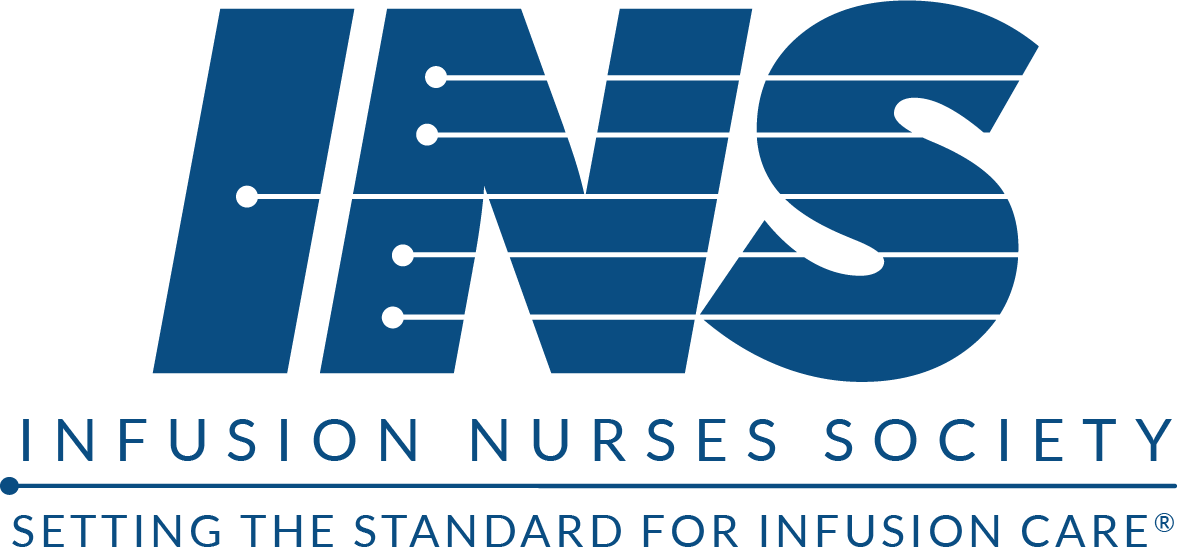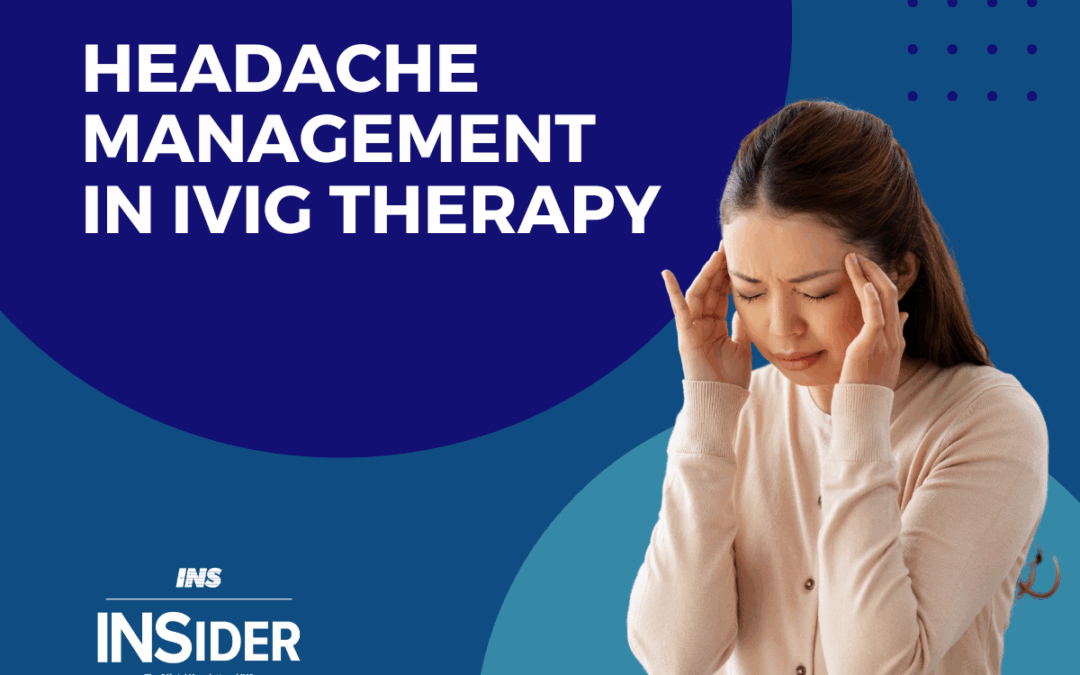Immunoglobulin therapy (IG) is a common treatment administered to patients in the home and alternate site environment and has been found to be effective in treating many different disease processes including immune deficiencies and neurologically based illnesses such as chronic inflammatory demyelinating polyneuropathy, multifocal motor neuropathy and multiple sclerosis.
Patients receiving immunoglobulin infusions often experience side effects such as headache. Headache may be considered by many clinicians a minor adverse event and often as an anticipated result of therapy however studies have shown that through proper prevention, care and management the incidence and severity of headache can be reduced if not eliminated for the patient, improving their perception of care, compliance with their prescribed therapy and improved quality of life.
AOM Infusion, a national specialty pharmacy provider of immunoglobulin therapy (IVIG) in the home and alternate site setting analyzed the incidence of reported headache in the IVIG population over a 2-year period and implemented strategies to reduce this side effect. Initial findings found that patients experienced headache in 6.1% of the visits performed (0-72 hours post infusion) of varying intensity on a scale of 1-10. In a multicenter study of 1548 immunoglobulin infusions given over an 8-month period in 2022, 27.37% of the infusions resulted in reported headache. (Hasrici Bayir et al, March 11, 2023) and in a study by Geng, et al it was reported that headache occurred in 6.1% of immunoglobulin infusions. (Geng, et al, Feb, 1 2023) and this was consistent with our findings.
The patient’s perception of the prescribed therapy and satisfaction may be affected by the presence of persistent headache which may impact therapy adherence. Headache may result in loss of personal time, absence at work and reduced productivity.
The goal of our project was to reduce the incidence and severity of headache in patients receiving IG infusions and thereby improving the patient’s perception of care and necessary services, increasing compliance with the prescribed therapy and returning the patient to an improved quality of life and ability to participate in activities of daily living and improved work/life balance.
The clinical departments at AOM Infusion worked collaboratively to Identifying common sense and literature supported treatment modalities to reduce headache. A patient education piece was created to address common management strategies for the patient in the form of a magnet for the home. It is the responsibility of both the pharmacy and nursing departments to educate and re-educate patients on side effect management strategies on an ongoing basis and to assess the effectiveness of those strategies.
Patient Education prior to initiation of therapy and frequent reinforcement is necessary to help to reduce the incidence of headache. Appropriate dosing and usage of common analgesics, non-steroidal anti-inflammatories and anti-histamines prior to IG dosing and for 24-48 hours post infusion helps to reduce the incidence. Hydration is critical in preventing post infusion headaches and should begin one day prior to infusion and continue for 48 to 72 hours afterwards. Patients should be encouraged to increase their fluid intake to include non-caffeinated, non-alcoholic liquids. Adequate rest is also necessary for the patient. The field nursing staff assesses patients for headaches and other reportable adverse reactions with each infusion.
Post implementation data showed an overall reduction of headaches in this patient population to 2%. A six month follow up analysis was completed evaluating the incidence of headache in one thousand IG infusion encounters and there was an incidence 2.45% headaches reported. This data is encouraging however we must remain vigilant in educating patients throughout the care process in order for our efforts to remain effective.
References
Geng, Bob, et al, Low rates of headache and migraine associated with intravenous immunoglobulin infusion using a 15-minute rate escalation protocol in 123 patients with primary immunodeficiency, Frontiers in Immunology, February 1, 2023, Vol 13, https://doi.org/10.3389/fimmu.2022.1075527
Hasırcı Bayır, B.R., Ünsal, M.A., Ağırcan, C. et al. IVIg-induced headache: prospective study of a large cohort with neurological disorders. Neurol Sci 44, 2871–2881 (2023). https://doi.org/10.1007/s10072-023-06731-x
Jiang, Melinda, et al, Adverse reactions associated with intravenous immunoglobulin administration in the treatment of neurological disorders: A systemic review. Int Arch Allergy Immunology (2023) 184 (6): 513-528. https://doi.org/10.1159/000529110
Nickle, Barbara, et al, Infusion therapy standards of practice, 9th edition. Journal of Infusion Nursing 47(1S):p S1-S285, January/February 2024. | DOI: 10.1097/NAN.0000000000000532
Nye, Jessica, IVIG Infusion-related headache, migraine rates low, Frontiers in Immunology, March 30, 2023.







